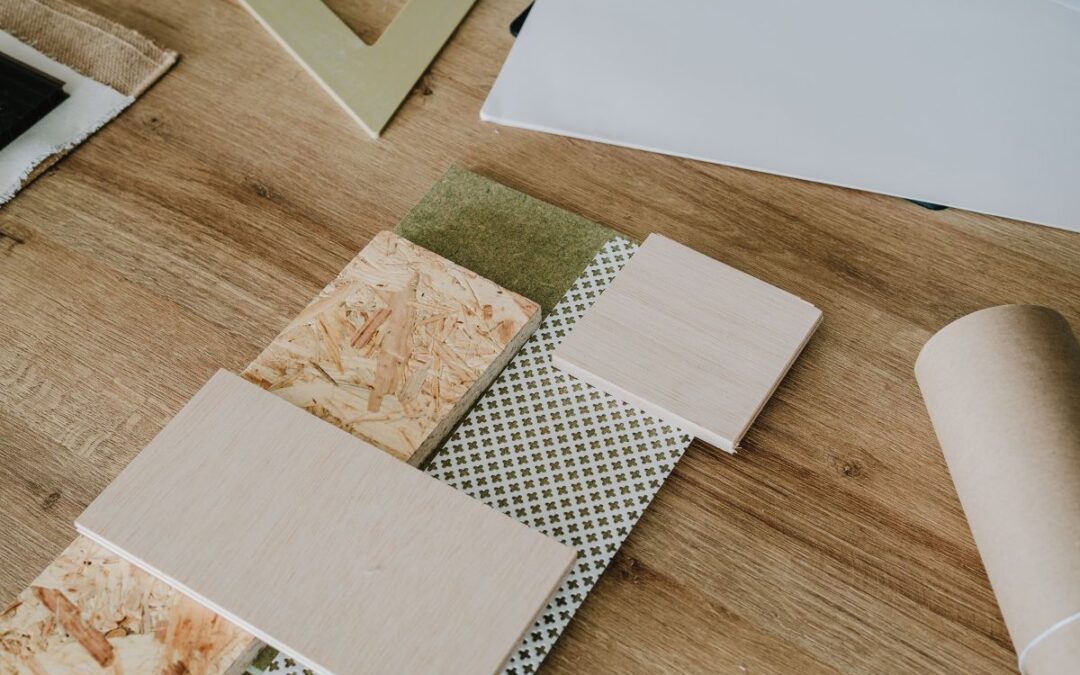In today’s environmentally conscious world, interior design has evolved to embrace sustainable practices and innovative solutions. One of the most compelling trends is the use of refurbished materials to create unique and environmentally-friendly spaces. Refurbished materials offer a sense of history, character, and authenticity that adds depth to your interior design. Below, we explore the creative ways you can incorporate refurbished materials into your interior design to craft a stylish and eco-friendly space.
- The Beauty of Reclaimed Wood
Reclaimed wood is a versatile and popular choice for incorporating refurbished materials into your interior design. Use reclaimed wood for flooring, accent walls, ceiling beams, and furniture. The weathered patina and unique grain patterns of reclaimed wood add warmth and charm to any space.
- Salvaged Metal and Industrial Accents
Salvaged metal pieces, such as old factory equipment or vintage signs, can be repurposed as decorative elements or transformed into functional furniture. Metal accents lend an industrial and urban vibe to your interiors, creating a harmonious balance between ruggedness and sophistication.
- Vintage Furniture Revival
Give new life to old furniture by refurbishing and reupholstering vintage pieces. Sanding, painting, or refinishing can rejuvenate worn-out furniture, while new upholstery in sustainable fabrics adds a contemporary twist.
- Eco-Friendly Lighting Fixtures
Refurbished lighting fixtures like chandeliers, pendant lights, and wall sconces can become statement pieces in your interior design. Revamp and repurpose old fixtures or source vintage lighting from thrift stores and salvage yards for a distinctive look.
- Architectural Salvage
Incorporate architectural salvage items like doors, windows, and mantels into your design. These pieces can be used in their original forms or repurposed to create unique focal points that tell a story of the past. Take a look at refurbished fireplaces in London to add a little something special to your living room.
- Upcycled Textiles and Fabrics
Upcycling textiles, such as vintage rugs, draperies, and quilts, can add a touch of nostalgia and character to your interior design. Incorporate these materials as upholstery, cushions, or wall hangings to infuse your space with a sense of history.
- Creative DIY Projects
Engage in do-it-yourself projects that involve refurbishing materials. Transform old crates into bookshelves, vintage suitcases into coffee tables, or create wall art from salvaged wood. These projects add a personal touch and contribute to a sustainable design approach.
- Embrace Imperfections
Refurbished materials often carry imperfections that contribute to their unique appeal. Embrace these flaws as part of the character and charm of your design, adding authenticity and depth to your space.
- Consult Professionals
Working with designers, architects, or artisans who specialize in refurbished materials can provide expert guidance and ensure that the incorporation of these elements is seamlessly integrated into your overall design concept.
- Balancing Modern and Vintage
Balance refurbished materials with modern elements to avoid an overly nostalgic or cluttered appearance. Incorporate contemporary furniture, clean lines, and minimalist decor to create a harmonious blend of old and new.
Final Thoughts
Incorporating refurbished materials into your interior design is an exciting way to express your creativity while making eco-conscious choices. From reclaimed wood to salvaged metal and vintage textiles, these materials add character, history, and sustainability to your space. Combining refurbished materials with modern sensibility allows you to create a stylish, unique, and environmentally friendly interior that reflects your personal taste and values. Embrace the beauty of repurposed materials and embark on a design journey that enhances your living environment and contributes to a more sustainable future.

